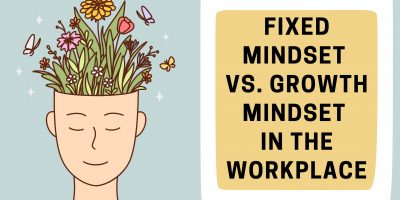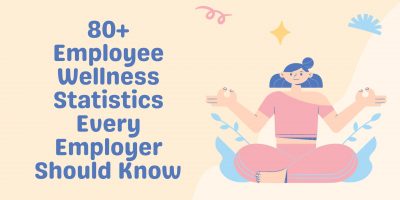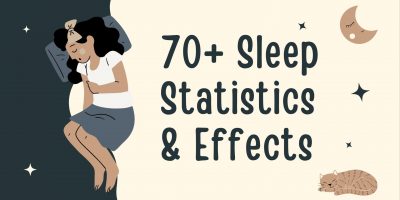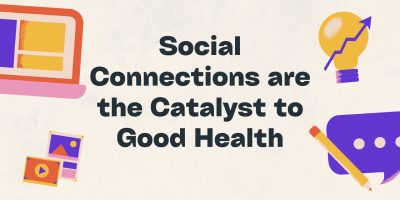
Fixed Mindset vs. Growth Mindset in the Workplace
Understand the key differences between a fixed and a growth mindset to foster a culture of development and adaptability at work.

Stress can play a major toll on human beings and their mental and physical well-being. Stress can come from many sources, and one of the largest stressors is the workplace. For employees, workplace stress affects their happiness, productivity, relationships and tenure at a company. For employers, workplace stress can cause employee turnover, unhappiness, low productivty and more.




Work stress is a concern for both employees and employers because, as the statistics above show, there is a clear link between employee wellbeing and the performance of a company.
Browse our curated list of vendors to find the best solution for your needs.
Subscribe to our newsletter for the latest trends, expert tips, and workplace insights!

Understand the key differences between a fixed and a growth mindset to foster a culture of development and adaptability at work.

Explore crucial employee wellness statistics to enhance workplace well-being and productivity.

Dive into the latest sleep statistics and uncover the impact of quality sleep on wellness, mental health, and daily functioning.

Unlock the secret to a longer, healthier, and happier life: It’s not just about steps and veggies, it’s about the power of meaningful social connections.
Used by most of the top employee benefits consultants in the US, Shortlister is where you can find, research and select HR and benefits vendors for your clients.
Shortlister helps you reach your ideal prospects. Claim your free account to control your message and receive employer, consultant and health plan leads.